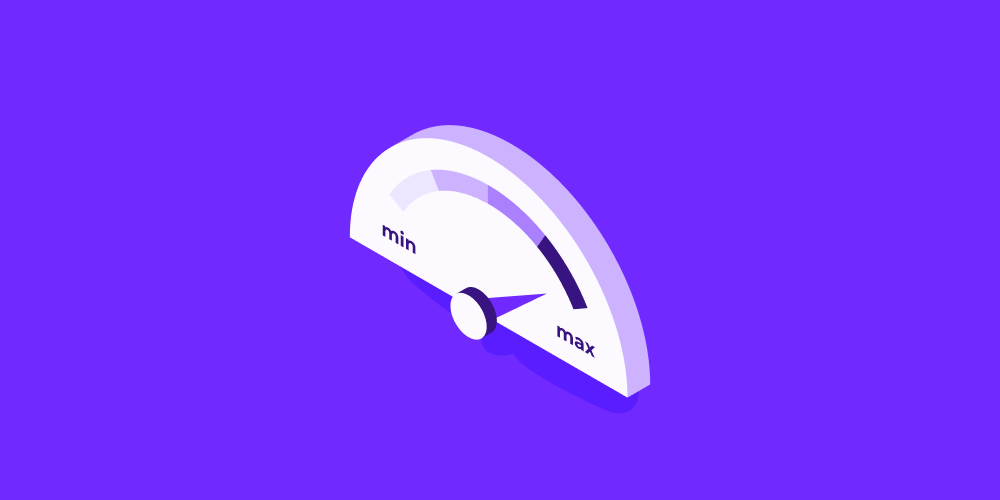How to Maximize Your Retirement Savings with a Self-Directed Solo 401(k)
If you’re self-employed, you understand both the freedom and responsibility that come with running your own business. You may also be eligible to...
3 min read
 Rick Dude
:
November 20 2018
Rick Dude
:
November 20 2018
No one can predict the end of a bull market and the beginning of a bear market. However, it’s clear that we are firmly entrenched in a rising interest rate environment, and uncertainty about the cost of long-term debt is roiling the public markets. ![]()
The Dow Jones Industrial Average seesawed throughout October, ending the month with sharp losses that completely erased all gains made in 2018. Those precipitous drops have many investors spooked, and rightfully so, especially retirement investors who’ve placed the bulk of their 401(k) dollars into publicly traded stocks.
Volatility ruled October. On Oct. 24, the Dow swooned 608 points, and on Oct. 10, it dropped 832 points. In all, the DJIA shed more than 7 percent of its value in October – but that’s really nothing new for the year. On January 26, the Dow closed at 26,616, but a little less than three months later it closed at a low of 23,533. It clawed back over the 26,800 mark by early October, only to again shed those gains a few short weeks later.
That kind of volatility demonstrates a need for diversification into asset classes that are not tied to derivative market instruments.
Then And Now: What’s Changed Since the Great Recession
There have been two primary changes in the stock market since the last big crash in 2008:
1. The rise of Exchange-Traded Funds
2. The increasing use of robotic trading strategies, also known as high-frequency trading (HFT)
ETFs have become popular investment vehicles for individual and institutional investors alike. As much as 40 percent of trades are tied to ETFs, so everything correlates – it all goes down together.
And as little as 10 percent of trades these days are actually executed by humans. As much as half of all trading is done by computers using incredibly complex algorithms to hone in on minute shifts in the market and make high-frequency robo trades.
Neither of these changes gives retirement investors much of a buffer against wild market volatility, and both changes shattered the 60-40 stock-bond weight rule (or 80-20 if you are young) that historically shielded investors against market volatility.
How Rising Interest Rates Impact Debt (And Increase Market Volatility)
Here’s a rule of thumb: Rising interest rates are typically short-term tough but long-term good. Dropping interest rates are typically short-term good but long-term tough. ![]()
Of course, we got here by dropping the interest rate, which has been low for a decade. It’s never been done like this before, so no one knows the outlook as the Fed begins raising rates again.
What is known is that spikes in interest rates increase how much people pay to incur debt. So a jump in interest rates could stifle plans for business expansion, entrepreneurship and other key business initiatives across the country. When rates rise, people are hesitant to get into long-term relationships with debt.
The Fed has raised rates over the last 12 to 24 months and is signaling that it will continue to do so. Rising rates can impact investors, but they also can prepare for it.
21st Century Diversification
The only way for retirement investors to truly hedge against market volatility is to hold a wide range of diversified alternative retirement assets.
There are many advantages of investing a portion of your retirement portfolio outside of the public markets through non-publicly traded investments. We are talking about things you cannot buy from traditional brokerage firms, such as:
Every investor who is over-exposed to market volatility should be thinking about how to put a portion of their retirement portfolio into assets that are not tied to what is ticking across the screen on CNBC. These 21st century investments defend against volatility because investors aren’t concerned about their daily value. Instead, the focus is on the broader brush strokes that dictate whether their investment will be successful. These are the asset classes that provide real immunity to market volatility and robotic market strategies.
However, diversifying into those asset classes with a company-sponsored 401(k) was historically impossible – investment opportunities with corporate 401(k)s typically are limited to publicly traded stocks, bonds, and ETFs. Rocket Dollar allows retirement investors to pursue these alternative asset classes using Self-Directed Solo 401(k)s or Self-Directed IRAs.

If you’re self-employed, you understand both the freedom and responsibility that come with running your own business. You may also be eligible to...

In today’s investing landscape, many individuals are asking the question: What are the benefits of investing in alternative assets? As traditional...

Alternative asset investment is no longer reserved for hedge funds and institutional players. Thanks to platforms like Rocket Dollar, everyday...
.png)
3 min read
Alternative investments are crucial for portfolio diversification — and in some cases, they may rank among the best investments you’ll ever make. ...

The current world population of 7.55 billion may be an eye-popping number, but consider this: by 2030 the global population is expected to exceed 8.6...

Small business investing can be a fantastic way to diversify your investment portfolio while investing in businesses that you care about, or visit...